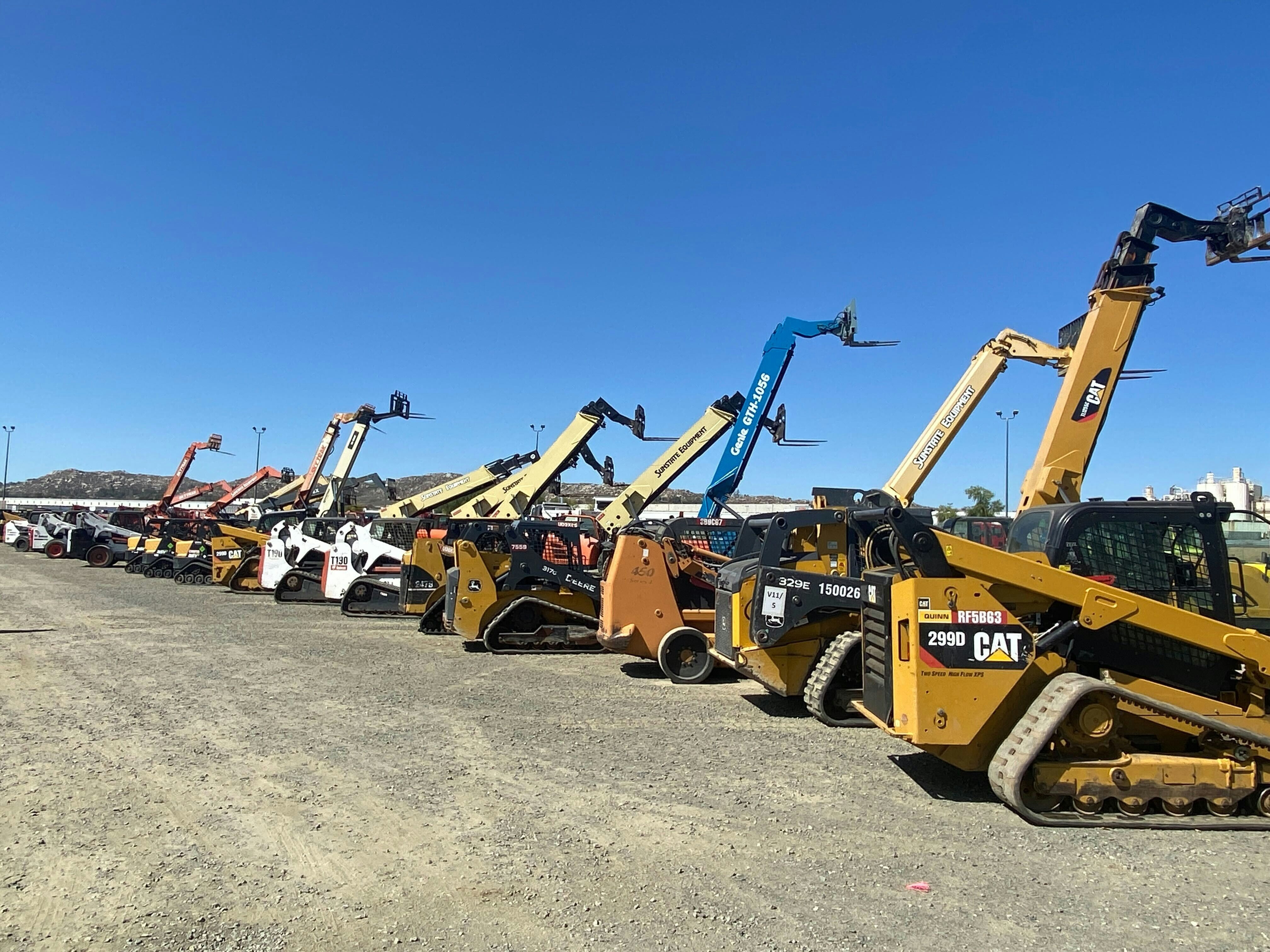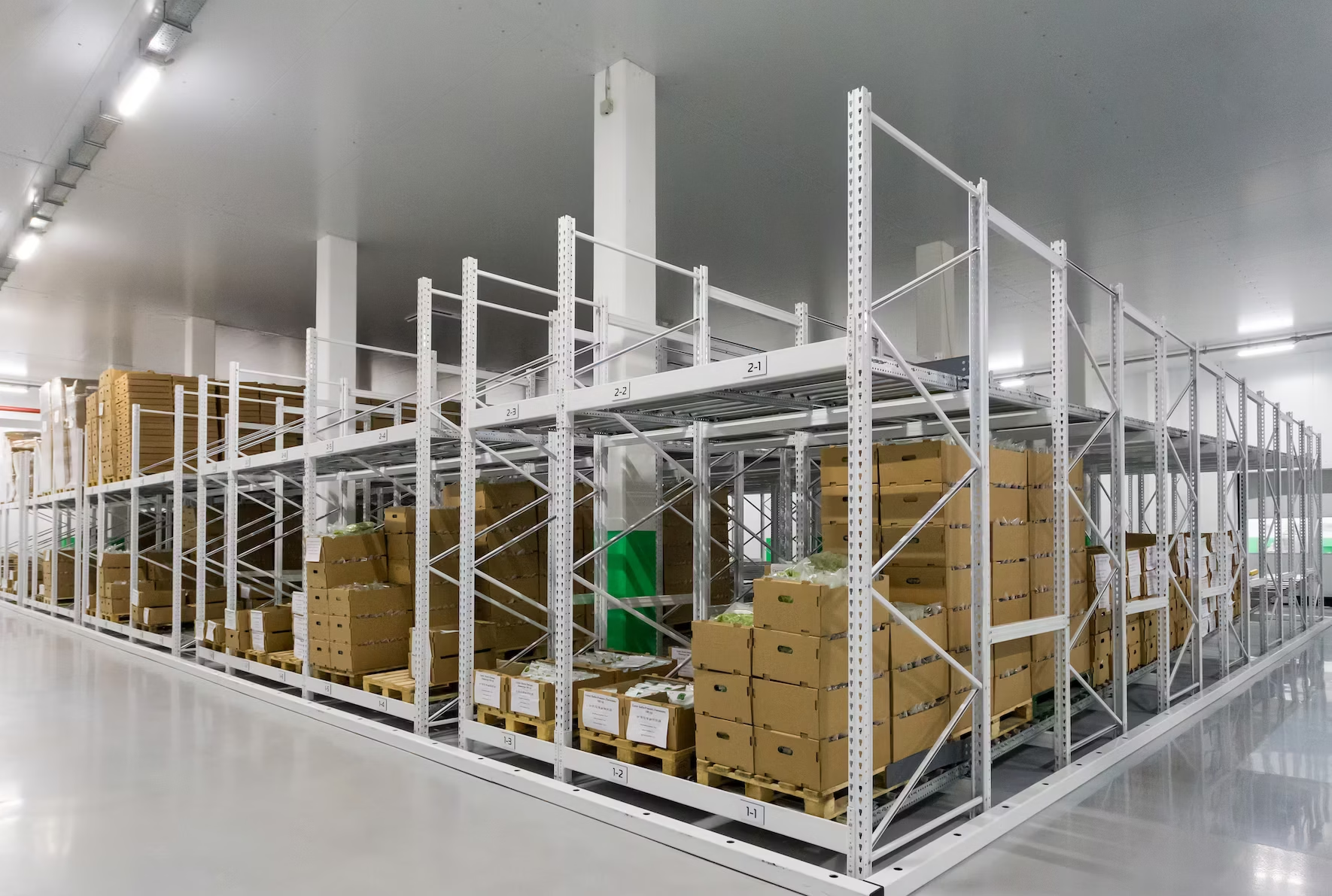14 Tips for Better Rental Inventory Tracking
Rental inventory tracking is a consistent challenge – one that every company, regardless of their size, specialty, or customer base, has to deal with. With equipment going out on rent, coming back in (sometimes on the scheduled date, but often before or after), and getting prepared for the next customer, there’s lots to keep track of... and that’s before even thinking about parts, merchandise, and dealership-side equipment sales.
Smart, Scalable Rental Inventory Tracking
For the first few months of a small company’s operations, spreadsheets may be an adequate approach for manual inventory tracking. However, as your business grows – and as you open additional locations – a more strategic approach becomes a necessity to help you track a higher volume of assets. You need to be able to manage every piece of inventory through its entire lifecycle – from procurement to disposal – and know at a moment’s notice exactly where it’s located. To reduce stock-outs, you need to have an appropriate quantity of consumables on hand – but not so much that you’re wasting valuable space on your shelves. And, perhaps most importantly, if you’re operating multiple rental stores, you need each location to follow the same process. Corporate management needs complete visibility into your fleet to ensure the right items are at the right place at the right time.
So – with all these things to keep in mind – how should you track your rental inventory?
Differentiate Between Rental Inventory and Sales Inventory
Your inventory isn’t just the equipment you have in your yard. It also includes the parts you keep on hand for your service department and the merchandise you keep in your stockroom(s) and storefront(s). All of these items need to be meticulously tracked.
However, it can be helpful to separately track equipment that you rent out and expendable parts/consumable merchandise. (At minimum, you should break up inventory-taking responsibilities between your fleet/rental managers and your parts managers.) Using rental inventory software that only accommodates one or the other just won’t cut it. Make sure your system of record can manage separate inventories for parts, merchandise, and equipment.

Differentiate Between Bulk and Serialized Inventory
The same logic applies to bulk products and serialized products.
If each item in your inventory has its own serial number or barcode, that’s easy enough to track. However, if you rent out products where it doesn’t make sense to monitor each individual piece on its own (for example, individual forks, knives, and spoons that are part of a silverware set or bulk fluids that you use in your shop), you’ll need to create a separate process for tracking bulk inventory. (You may also use bulk inventory to manage products that you rent out one at a time, but don’t count individually, such as buckets or augers. However, you’ll still need to track bulk depreciation for these units.)
You may eventually decide to move certain serialized equipment to bulk equipment for easier tracking. At that point, you’d want to eliminate individual asset numbers and maintain a total quantity for the category/class. This process is much less complicated when using rental inventory software that can accommodate serialized-to-bulk conversions.
Add All the Relevant Data to Your System of Record
When you first set up your inventory, it can be tempting to just add category, class, and SKU and call it a day – especially if you’re creating a large product catalog. However, adding all the relevant details lays a foundation for effective rental inventory tracking. Take the time to record:
- Original vendor
- Purchase price
- Depreciation information
- Condition reports (especially over the lifetime of the asset)
- Warranty information
- Preventive maintenance schedules
- Safety sheets and operator information
It’s also helpful to add photos – especially if you plan to allow self-service rentals on an e-commerce platform. Customers who want to rent equipment without contacting their sales rep for assistance can easily see what they’ll be getting. The more specific you can be, the better.
Standardize Your Naming Conventions
As nitpicky as it may seem, make a concerted effort to keep your naming conventions consistent. John Deere equipment should always be entered as John Deere; not JohnDeere, jon deer, JD, or any other variation. When you print count sheets, you’ll have the option to group by make/model/etc; using a standard naming convention keeps your data clean.
Start Tracking New Inventory at the Time of Purchase
Don’t wait for new items to arrive at your branch – otherwise, there’s a high likelihood of ending up with “invisible” inventory. (You’d then have to backtrack when you inevitably come across the items during a routine count.) When you create a purchase order for a new rental asset or re-order more parts and merchandise, begin tracking it right away.
Track Your Storage Locations for Your Parts and Merchandise
This is another optional, yet immensely helpful, piece of information to document when you add items to your inventory. Will they be stored in bins in your warehouse? Will they be out on display in your storefront? When you take a manual inventory, your count sheets will specifically indicate where the item is located, taking the guesswork out of finding the units.

Make Sure to Document Transfers and Sales
Never transfer inventory from one location to another without documenting it. Any time you move rental equipment or sales items from one branch to another, make sure to properly record the stock transfer in your rental software. This isn't just important for tracking the locations of your assets; you'll need to track the corresponding revenue and depreciation to the correct branch as well.
Similarly, make sure to update your equipment statuses any time you sell or dispose of old assets at the end of their lifecycle.
Decide Between Cycle Counts, Point-in-Time Inventory Audits, or a Combination of Both
Even if you’re using rental inventory tracking software, it’s important to regularly compare your stock counts to the items that are physically in your possession. Items get misplaced; theft causes shrinkage; equipment can even get transferred from branch to branch and lead to discrepancies. Routine inventory audits help you stay on top of small issues before they become big problems.
You generally have two options for rental inventory audits: point-in-time counts and cycle counts. A point-in-time count involves a full physical inventory of everything in your possession all at once. Cycle counts break the process down into smaller, more manageable pieces, in which you count a small group of products each day or week. (Here’s a handy guide for calculating how long it’ll take you to cycle count your entire inventory.)
Because cycle counts don’t require you to shut down operations while you complete a full physical audit, they can make it easier to stay on top of your inventory levels – especially if you have thousands of SKUs to count. (If you do go the full audit route, here are six ways you can prepare in advance for a faster, more efficient physical inventory.) If resources allow, you can always use a combination of both.
Don’t Forget to Account for Truck Stock
Out of sight can’t mean out of mind. Don’t forget to include your truck stock in your counts. If you decide to remove stock from a truck, don’t forget to add it back to the owning location’s physical inventory.
Decide In Advance How to Handle Missing, Damaged, or Lost Inventory
How long will you search for units that go missing, and what’s your order of operations for trying to track it down? Will the dollar value impact that decision?
If you discover an asset with unexpected damage, will you open a work order on the spot? Will those repairs take priority over other open work orders?
Before you find yourself dealing with a missing, lost, or damaged asset (and you certainly will), decide how you plan to handle the challenge.
Optimize Your Warehouse and Stockroom Layouts for Better Visibility
Think strategically about the flow of goods from receipt to staging or sale. Optimize your rental store stockrooms for fast retrieval, restocks, and counts. Organize like items on nearby shelves or bins and clearly label each product.
Use Barcodes
Barcodes can streamline your approach to rental inventory tracking even more. Place them on individual items or shelves/bins; from there, you can scan during inventory counts or to add units to contracts, reservations, and work orders.
Consider Connected Assets for Real-Time Rental Inventory Tracking
Basic inventory tracking processes are sufficient when everything goes according to plan – but we all know how often things change in the rental industry. Perhaps a contractor wanted to transfer a piece of equipment to a different jobsite for the remainder of the contract but forgot to let you know and now your dispatch team doesn’t have the correct address for pickup. Or maybe they requested a return, but a busy sales rep forgot to let anyone know – which means the off-rent machine has been sitting at the jobsite for a week.
Scenarios like these are all too common. Connected Assets gives fleet managers real-time insights into the current location and status of their rental equipment, helping you get units from “off-rent” to “rent-ready” more quickly. It’s a smarter, more valuable way to use telematics to track and manage your inventory.
Use Your Data to Right-Size Your Rental Inventory
“How much earth-moving equipment should we have in our fleet?”
“Should we add more assets during busy season?”
“Our pressure washers are always in demand and pretty profitable; should we purchase more?”
Every rental company has to answer questions like these, and the answer is infuriatingly simple: it depends.
What’s right for one rental business may not be right for yours – which is why you need to rely on your historic data to right-size your fleet. Tracking utilization rates, profitability, and return on investment will help you make decisions based on reality, not your gut instinct. Use reporting to answer questions such as:
- Do you have enough of your most frequently rented equipment? Might it make sense to purchase additional assets to reduce missed rentals?
- Are you running out of sales items too quickly? Should you consider re-ordering when you reach a certain minimum quantity so you can receive more stock before you run out?
- Are you wasting valuable storage space on slow-movers that aren’t generating much revenue for your business?
- Are you frequently overbooking rentals? When that happens, are you cutting too deeply into your profits with sub-rentals?
- Would transferring inventory from one branch to another help you capture more business in areas of more (or different) customer demand?
Discover A Better Approach to Rental Inventory Tracking
As you source, store, schedule, dispatch, recover, maintain, and dispose of your rental inventory, InTempo is here to help. Our rental ERP helps you create consistent, scalable processes for tracking your parts, merchandise, and equipment. Built for the unique challenges of businesses that rent out and service equipment, sell ancillary products, and even manage dealership sales, it delivers a seamless, strategic approach to rental inventory tracking.
For more information, contact us today.
 Faith Kubicki
Faith Kubicki